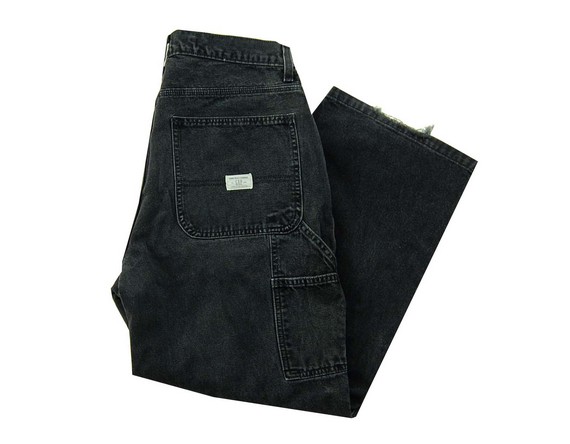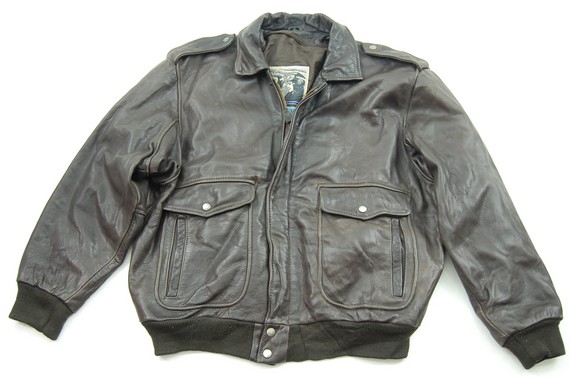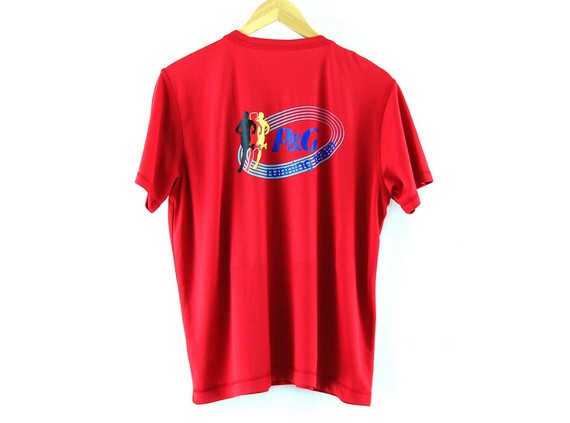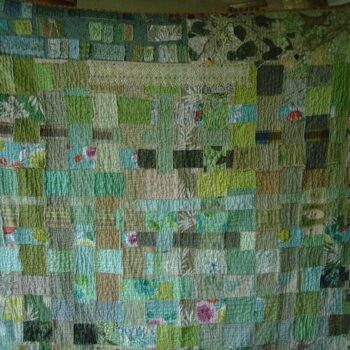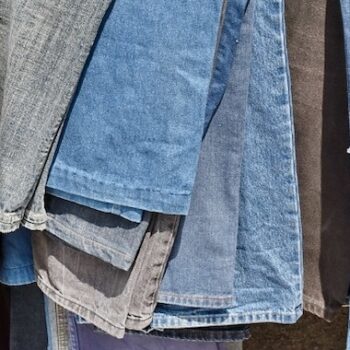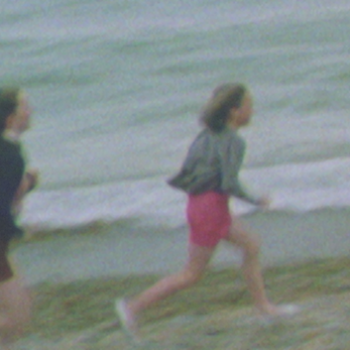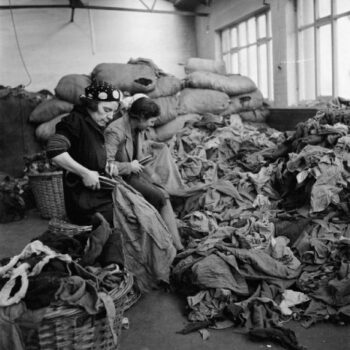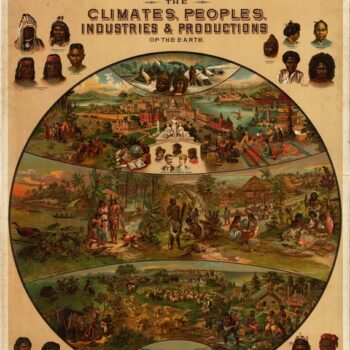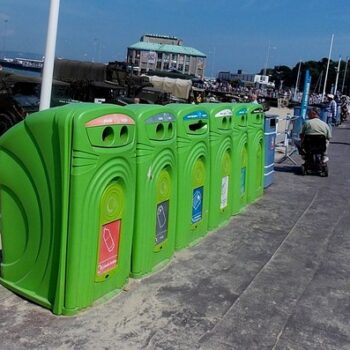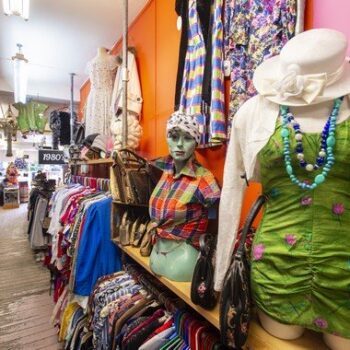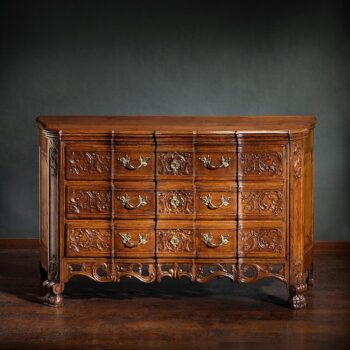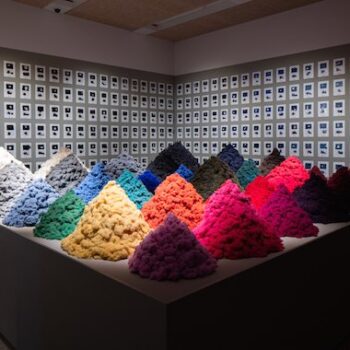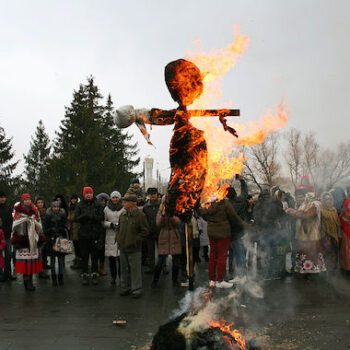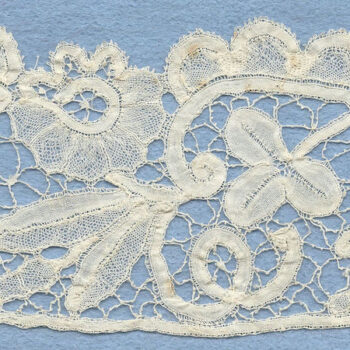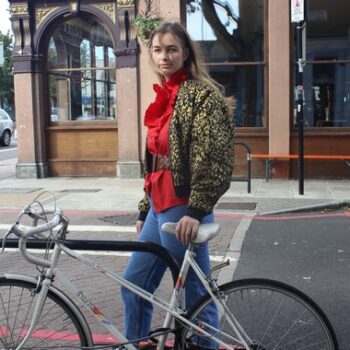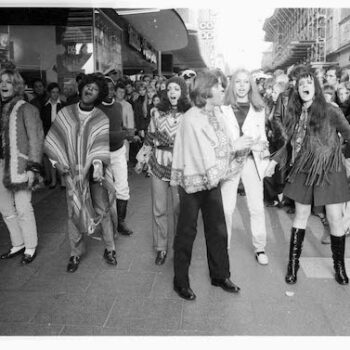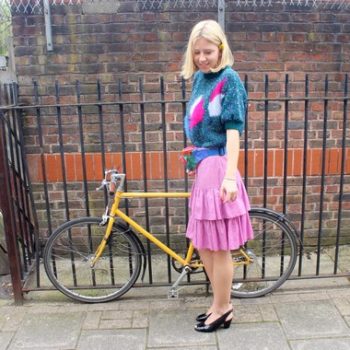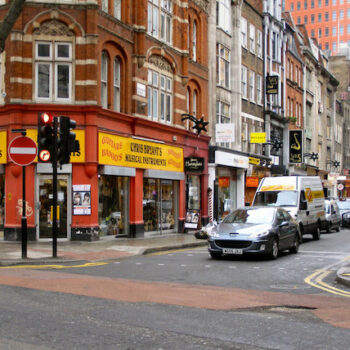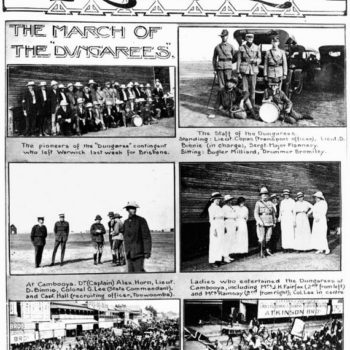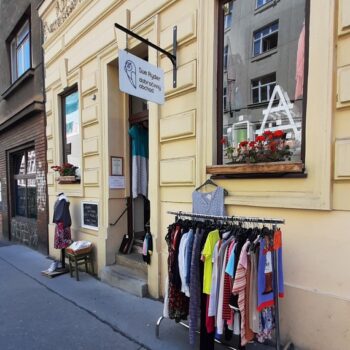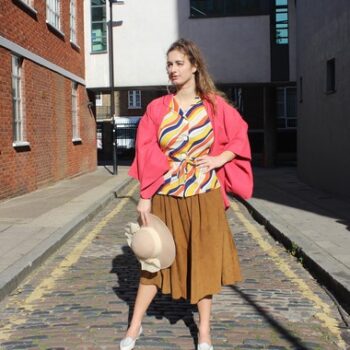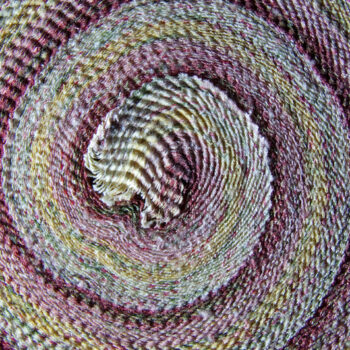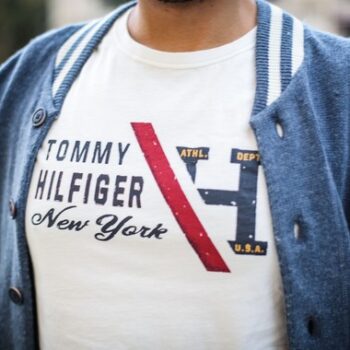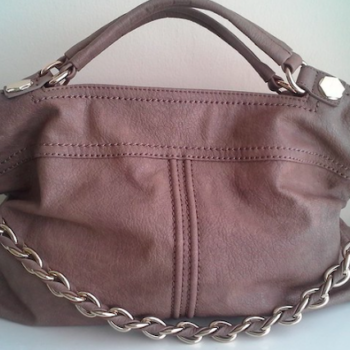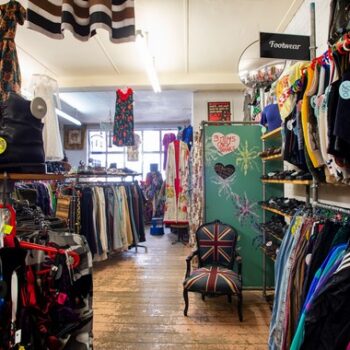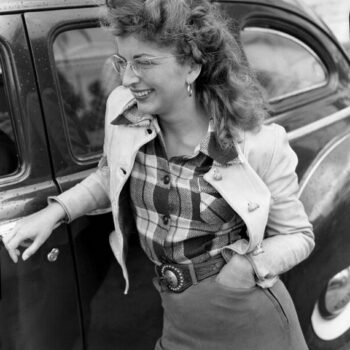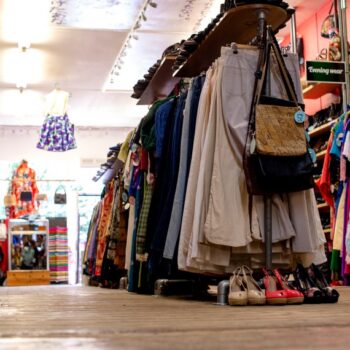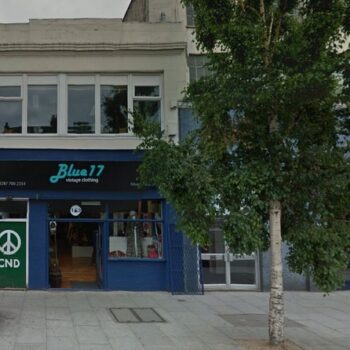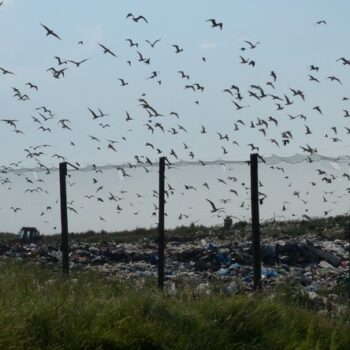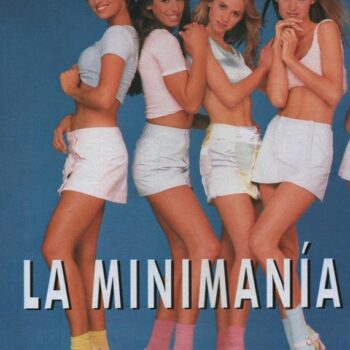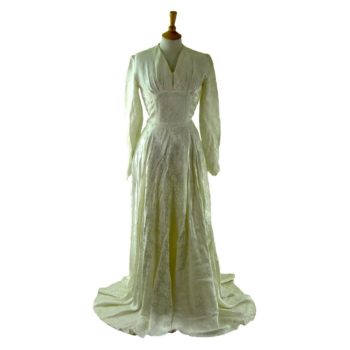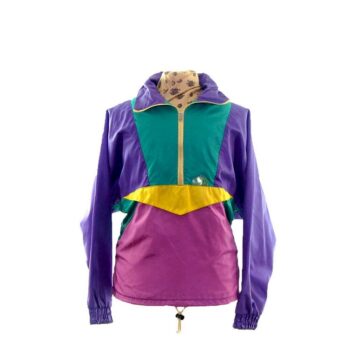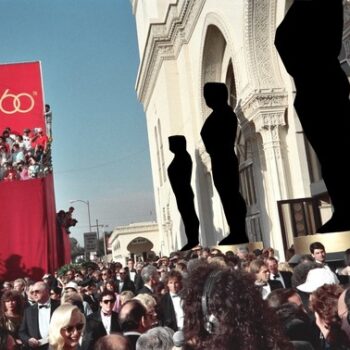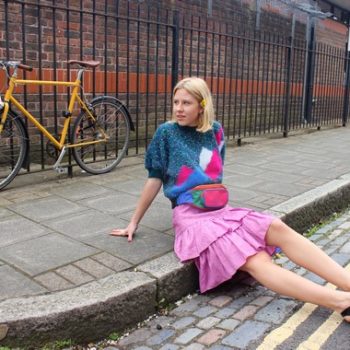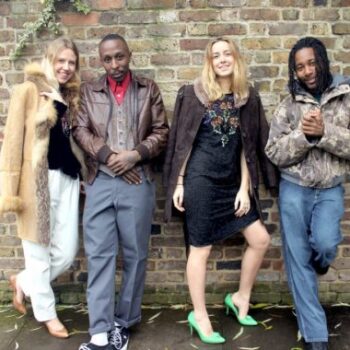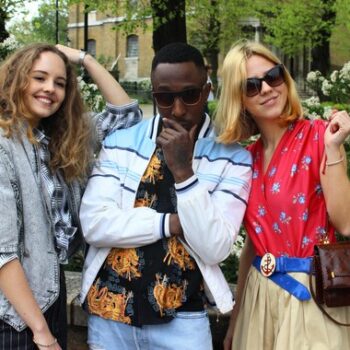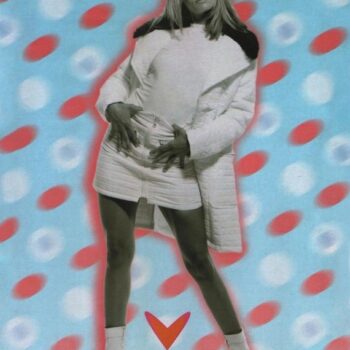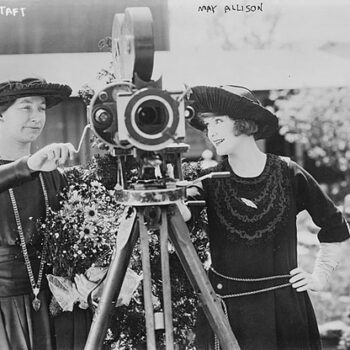Recycle old Clothes Creatively
September 29, 2023How can I recycle old clothes? It’s a good question. You can make sure that clothes have a great second (or third, or fourth) life in many ways. You could drop them to the charity shop or thrift stores, you can sell them online, you can give them away. Consider selling them to a vintage store, or alter, decorate, or re-purpose them to keep them yourself in a new, refreshed version.
Refreshing clothes
Before you go down the route of throwing something away, see if you can renew it. Maybe it just needs a wash, or some stain removal? Should you send it to the dry cleaner’s for a professional wash and press, and see how it looks then? Perhaps you can remove any bobbles using an electric razor or pill comb? It could be that you don’t like the colour, so think about dyeing it.
Best Way to Recycle Old Clothes
I think that the best way to recycle old clothes is to make them better. I love embroidery. But embroidery kits cost a lot of money. It’s really not necessary to spend so much. You can just pick a design and sew something straight onto clothes that you already have. Denim jackets are excellent for this. They are already heavy weight so you don’t need an embroidery hoop. It means the fabric won’t pucker up as you sew. It’s also both a traditional and a supercool look.
You can choose any design you want. I put a picture of my dog’s laughing face on mine. Nature designs, like flying birds, look excellent. Or plants, or other animals. Traditional tattoo designs, rendered in embroidery, look really unusual and I’ve seen words and phrases too. Just write out what you want to say in your own handwriting and embroider over it! Couldn’t be more unique. Choose vivid colours.
The area on the back of a denim jacket is a big enough canvas for you to make something really special. The fabric is thick and so you’ll need a thimble and quite a strong needle, not the same as the one you use to sew a button on. Embroidery thread is easily bought. Split the thread in half, so there are three strands when you sew. It makes for a more delicate design, yet still stands out. Using the full piece of thread tends to look a bit rough and ready.
Denim Embroidery
You can also recycle clothes by embroidering on jeans in the same way. You might want to keep it to the thigh area, as the knees and hems get worn out more quickly. But decide what looks good. You can even put embroidery on canvas shoes. A different style is called for if you’d like to embroider blouses or dresses. They are delicate, and you need an embroidery hoop. But you can make something look truly stunning this way. If you want to, put a small matching embroidered motif on hair accessories, like bows, too.
It is also an idea to cover any areas you want to hide by appliquéing ribbons or lace on. You can make stripes with these and machine sew them down. If you feel ambitious, it’s also possible to create roses and other flowers and leaves from ribbons. If you get very fine ribbon, you can use a needle with a large eye to embroider directly on the cloth, too
Recycle Old Clothes With Inspiration From Around the World
Another recycling option. You can also embroider a delicate, white-on-white pattern too. Look at Broderie Anglais for some ideas. Broderie Anglais did not, as its name suggest, originate in England, but it was certiainly popular there in the 19th century. It was used on underwear and children’s wear mostly at that time. It probably started out in what is now the Czech Republic in the 16th century. In the 1950s it had a revival, and now you see it on summer dresses often. You don’t have to make anything complicated, but if your white t-shirt has a small stain, you could embroider a white flower over it.
Embroidery is traditional across the world, so look at the way that people in other cultures do it to get some ideas. For example, Frida Kahlo’s traditional embroidered Mexican huipil blouses looked stunning. They are extremely colourful and creative. Hupils are quite easy to make from other garments, such as a shirt you no longer want, as they consist of flat pieces of material. This makes them easy to embroider, too. There are some ideas, examples and patterns here. If you love Frida Kahlo, or are inspired by her style, this is a great way to make a tribute.
Frida did not, as far as I know, embroider her own garments, but she did love to get second hand, vintage and antique clothing. She picked colours that had a certain harmony, though they were all bright. Because of their age, even when she got them, they were not all in pristine condition. So that’s something to consider too. You can embrace the flaws and marks of age on your clothing, rather than consign them to the recycling. They are indicative of history.
Don’t Recycle Old Clothes
When you take that garment out, and look at the mark, you will remember when it was made. There is a red dress that I have, and I wore it on a trip to Berlin. A fine, gauzy dress, not expensive. It must have been hot. But while I was there, I sat on something black and tarry. It never came out, and it was annoying. But I loved the dress, and kept it anyway. And whenever I look at that mark, I remember my girlfriend taking me to her favourite café, the tree-lined streets, the stationary shop we went to, and sitting in the sunshine while she taught me the Serbian word for fingers and toes. It’s the same word. Your own memories will be different, but your clothes will remind you.
Alternatively, just embroider over them!
Fast fashion creates tons of textile waste so for environmental protection recycle textiles. Maybe a million tons is the amount of textile waste. Drop clothes and other textiles to recycling bins for the Salvation Army, which accept gently used clothing. There are recycling location all over the city. Another option is to donate duvets to animal shelters to keep them warm. Synthetic fibers and natural fiber can be sorted when you send your textile donation to the council for textile recycling



